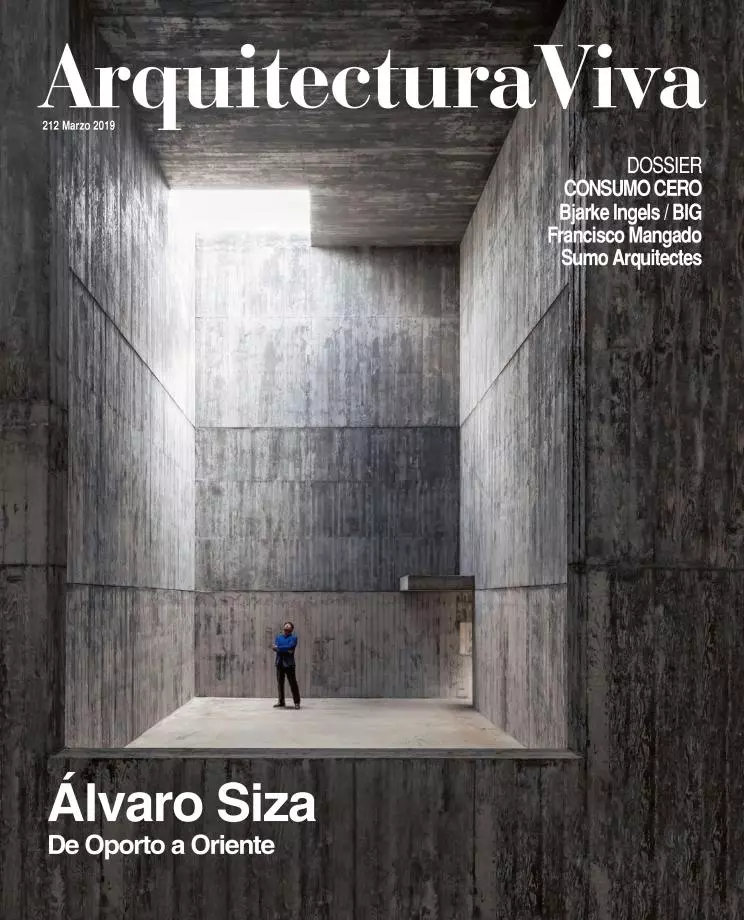
Energy has become one of the big themes of architecture. Not only because laws, directives, and regulations are increasingly demanding in what concerns standards of comfort and reducing consumption, but also because energy has gone from being a matter exclusive to specialists, to taking on a near-moral dimension involving architects and in fact all citizens.
Accelerated in the past two decades, this process has coincided with the birth and the heyday (and in the medium term perhaps also the decline and eventual fall) of a term that economists, sociologists, politicians, and technocrats have developed the habit of invoking as if it were some magic word: ‘sustainability.’ We speak of ‘sustainable development,’ ‘sustainable society,’ even ‘sustainable culture’ and whatnots, and of course also of ‘sustainable architecture,’ an expression that conceals several nuances, some of them rather dubious.
Applied to a building or a city, ‘sustainable’ is an adjective that tends to encapsulate the terminology that architects have since the mid-20th century used to describe the relationship between constructions and their respective environments. For a start, the word ‘ecological’ was popularized in the 1970s by the paranoia that the first major oil crisis caused in the West. Another is ‘bioclimatic,’ a term invented by the Hungarian architect and city planner Victor Olgyay in 1951 for architecture that adequately addresses its environment through orientation, construction, and type, and which has the wisdom to learn from vernacular solutions and methods. And if we were to go farther back in time, the glossary also encompasses words like ‘hygienic’ or ‘solar,’ which several of the champions of the Modern Movement preferred to say.
So the paradigm of sustainability incorporates previous paradigms (hygienic-solar, bioclimatic, ecological) while adding important nuances connected to our now being able to rigorously quantify the energy that any particular building consumes, and also the energy that gets embedded in its materials during construction, that which flows through it as a metabolical space, and that which is expended in its maintenance in the entire course of its useful life.
This all points to a big increase in countability, which is necessary and potentially beneficial, but which, precisely because it is essentially quantitative, presents intrinsic risks, in the sense that it can turn a project into a kind of deterministic calculation, and also become an excuse to exploit and profit from new market niches. An excuse, that is, to make business out of certifications, seals, and stamps issued by supposedly independent entities but which, because they do not explore aspects as essential as type, form, or the city, ultimately are no guarantee of a building’s true sustainability, let alone functional or aesthetic quality.
Hence the danger lies in the fact that the label ‘sustainable’ and its even more highfalutin equivalents such as ‘zero consumption’ are liable to become mere alibis to justify architectural works that in truth have no value beyond the prestigious and expensive environmental certifications that they obtain and flaunt.





